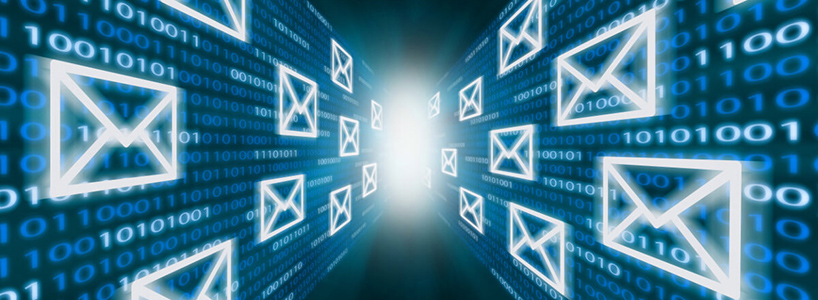We provide three different types of mail servers.
- Send mail Server
- Qmail Server
- Java mail Server
Send mail Server :
In our configuration and installation we'll provide you two different configurations that you can set up for Sendmail:
- Central Mail Hub Relay : The Central Mail Hub Relay Server configuration will be used for your server where the assigned task is to send, receive and relay all mail for all local or neighbor client and server mail machines you may have on your network.
- local or neighbor clients and servers : A local or neighbor client and server refer to all other local server or client machines on your network that run Sendmail and send all outgoing mail to the Central Mail Hub for future delivery. This kind of internal client never receives mail directly via the Internet; Instead, all mail from the Internet for those computers is kept on the Mail Hub server. It is a good idea to run one Central Mail Hub Server for all computers on your network; this architecture will limit the task managements on the server and client machines, and improve the security of your site. You can configure the neighbor Sendmail so that it accepts only mail that is generated locally, thus insulating neighbor machines for easier security. The Gateway server outside the firewall, or part of it acts as a proxy and accepts external mail via its Firewall rules file that is destined for internal delivery from the outside, and forwards it to the Central Mail Hub Server. Also note that the Gateway server is configured like a neighbor Sendmail server to never accept incoming mail from the outside the Internet.
Qmail Server :
An SMTP-based message transfer agent (MTA) that runs under all variants of Unix and is compatible with sendmail. Noted for its reliability and security, by 2001, more than 700,000 qmail servers were running on the Internet (second only to sendmail).
Java mail Server :
Includes the basic JMail component, sample code, references and manual. doesn't include POP or massmailing functionality. No personal support or helpdesk account.
- Standard: The Standard versions comes with the whole package EXCEPT POP3 functionality (used for recieving mail)A somewhat downsized yet powerful Jmail.NET Pro, as a more experienced user would call it.
- Professional: The Pro versions are for the pros. The works. Everything is there.

